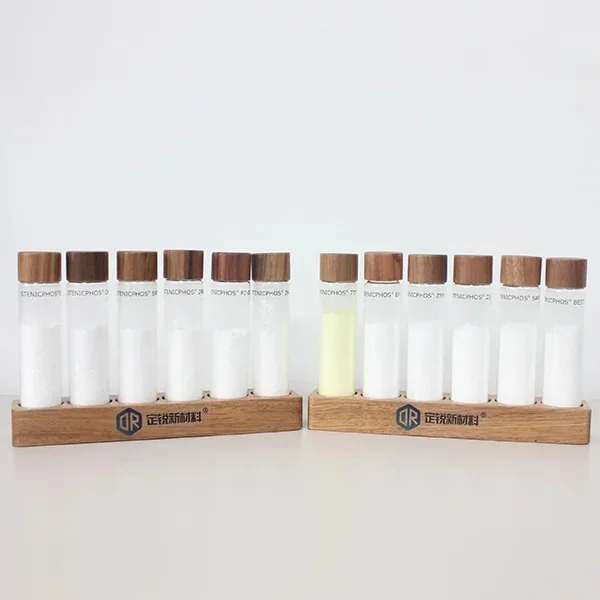Introduction
Lacrosse is enjoying consistent worldwide growth, with expansion beyond its North American homeland to Europe, Asia Pacific, Latin America and other parts. With increases in participation at youth leagues, collegiate competition, women's divisions and school programs demand for protective equipment, particularly pads (rib pads, shoulder pads, arm pads) is on the rise. Players and coaches are more cognizant than ever of the dangers of injuries, and regulatory authorities are implementing tighter safeguards. These forces have rendered lacrosse pads an essential sub segment of the larger lacrosse equipment market.
Product Innovation Material Advances: Materials of low weight with high durability (polymers, advanced foams, composites) are being utilized to provide protection with increased mobility. Ergonomics and shock absorption are being improved.
Compliance Safety Standards: As regulatory authorities increase minimum requirements (particularly for youth players), firms certifying their products to established safety standards earn credibility and competitive share.
Customization and Personalization: Increasingly, consumers demand pads customized for fit, style, team colors, and position-specific requirements. Firms are introducing additional size ranges, adjustable pads, and cosmetic solutions.
Distribution Channel Expansion: Online shopping, D2C business models, and e commerce sites are expanding reach, cutting costs, and enabling quicker entry into developing markets. Specialist stores in brick and mortar are still key for fitting and advice.
Female and Youth Segments: With increasing participation from females, and increased participation by children and adolescents, demand for safer, more comfortable, and correctly sized pads is increasing. These segments tend to have varying anatomical or style requirements.
Sustainability Eco friendly Materials: Customer concern about environmental footprint is influencing companies to implement more environmentally friendly materials, less waste, and environmentally friendly manufacturing processes.
Get Sample Report: https://www.theinsightpartners.com/sample/TIPRE00028052
Future Trends
Smart Sensor enabled Pads: Sensors embedded that can monitor impact force, fatigue, and fit could become norm, particularly for collegiate or competitive levels.
Eco innovation: Lower carbon footprint production, biodegradable or recycled materials, and even return/recycle initiatives.
Regional Expansion: Significant growth expected in Asia Pacific, Latin America, and Europe as lacrosse gains traction in schools and clubs.
Regulatory Pull on Safety: More stringent rules preventing injuries can drive innovation or eliminate less protective designs.
Customization through Digital Tools: 3D fitting, virtual try on, color and design customization through online tools.
Opportunities
Emerging Markets: In markets where lacrosse is new, early penetration and alignment with schools and clubs can create market share.
Women's Lacrosse: Expansion of female leagues and competition globally represent a huge, somewhat untapped market for customized protective gear.
Collaborations with Sports Medicine and Research: To substantiate safety assertions, develop improved pads, and segregate product lines.
D2C Subscription Models: For instance, seasonal pads upgrade, replacement padding, etc.
Branding Endorsements: Partnering with popular players/leagues can establish trust and awareness.
Key Segments
By Product Type
Arm Pads
Rib Pads
Shoulder Pads
By Distribution Channel
Supermarkets and Hypermarkets
Specialty Stores
Online Retail
Key Players with Recent Developments
Maverik
Maverik has been leading safety new performance standards. Maverik MX EKG Shoulder Pad (2025) includes an External Kardiac Guard (EKG) that satisfies the new NOCSAE ND200 standard to assist in addressing commotio cordis.
They also revised protection throughout their "Max" line: enhanced chest protection with their EKG technology, revised arm protection with "Anaform" padding, and increased comfort/mobility.
The M5 EKG Speed Pad has been unveiled: lighter, airier, and more adjustable. It boasts such features as customizable fit, speed-centric sculpting, enhanced foam moisture management.
Brine
Brine has just had a product recall: approximately 7,000 VIP lacrosse gloves in the United States and 30 in Canada were recalled due to the screen printing ink on the gloves being in contravention of lead paint standards.
Overall, there aren't a whole lot of new Brine pad announcements in the sources I've seen publicly; most of the available news is more along the lines of safety, compliance, and gloves than new pad technology.
STX
STX has launched several new pad models and releases focusing on mobility, fit adjustments, and lighter / more flexible materials:
Cell V Shoulder Pad: Features "GeoFlex II" technology (lighter, more flexible foam) + T.A.C. system for improved adjustability. Also features 7 point stretch zones, removable bicep pads, pre formed shoulder caps, NOCSAE chest protection standard compliance.
Stallion 500 Protective Line: STX's more recent line consists of shoulder pads, arm guards/elbow pads, and additional protective equipment constructed of better materials.
Some of the features: High Def Polymer to minimize weight without sacrificing protection, 360+ strap systems (locking/adjustable fit), HexPro technology on guards, etc.
Conclusion
The lacrosse pad market is experiencing a period of sound expansion, driven by increasing participation, more focus on safety, and improving technology.
Brands that can achieve protection, comfort, sustainability, and style while keeping costs in line will be successful. The major areas of focus will be in reaching emerging markets, catering to women and youth athletes, innovating with materials and intelligent features, and pushing online channels and customization. With the sport expanding internationally and regulatory and safety demands increasing, the pads segment will be both competitive and open to innovation. For manufacturers, distributors, and investors, the opportunities exist but the expectations are changing rapidly. Keeping in front of safety regulations, material technology, and user demands will be essential.
Frequently Asked Questions
What are lacrosse pads and why are they important?
Lacrosse pads are protective equipment that players wear to lower injury risk while playing. Shoulder pads, arm guards, rib pads, and elbow pads are typical pads. They are vital for protection, particularly in contact-intensive forms such as men's field and box lacrosse.
What are the most typical kinds of lacrosse pads?
Shoulder Pads / Speed Pads: Defend the chest, shoulders, and sternum
Arm Guards / Arm Pads / Elbow Pads: Safeguard the forearms and elbows
Rib Pads: Shield the sides and lower torso (frequently used in box lacrosse)
Are men's lacrosse pads different from women's?
Yes. Women's lacrosse has varying rules (less bodily contact), so protection needed is frequently lighter or more voluntary. Increased competition levels, however, are driving demand for customized protective equipment for women's lacrosse.
How are safety regulations affecting product design?
The implementation of standards such as NOCSAE ND200 (for chest protection against commotio cordis) caused brands to re-engineer shoulder pads and speed pads to certification. Non-compliant equipment is increasingly banned from competitive leagues, particularly youth and high school.
Which geographies are experiencing the most rapid increase in demand?
Although North America remains the largest market, vigorous growth is anticipated in:
Asia-Pacific – fueled by lacrosse development in Japan, China, India
Europe – especially in the UK, Germany, and Czech Republic
Latin America – increasing school and university-level courses








